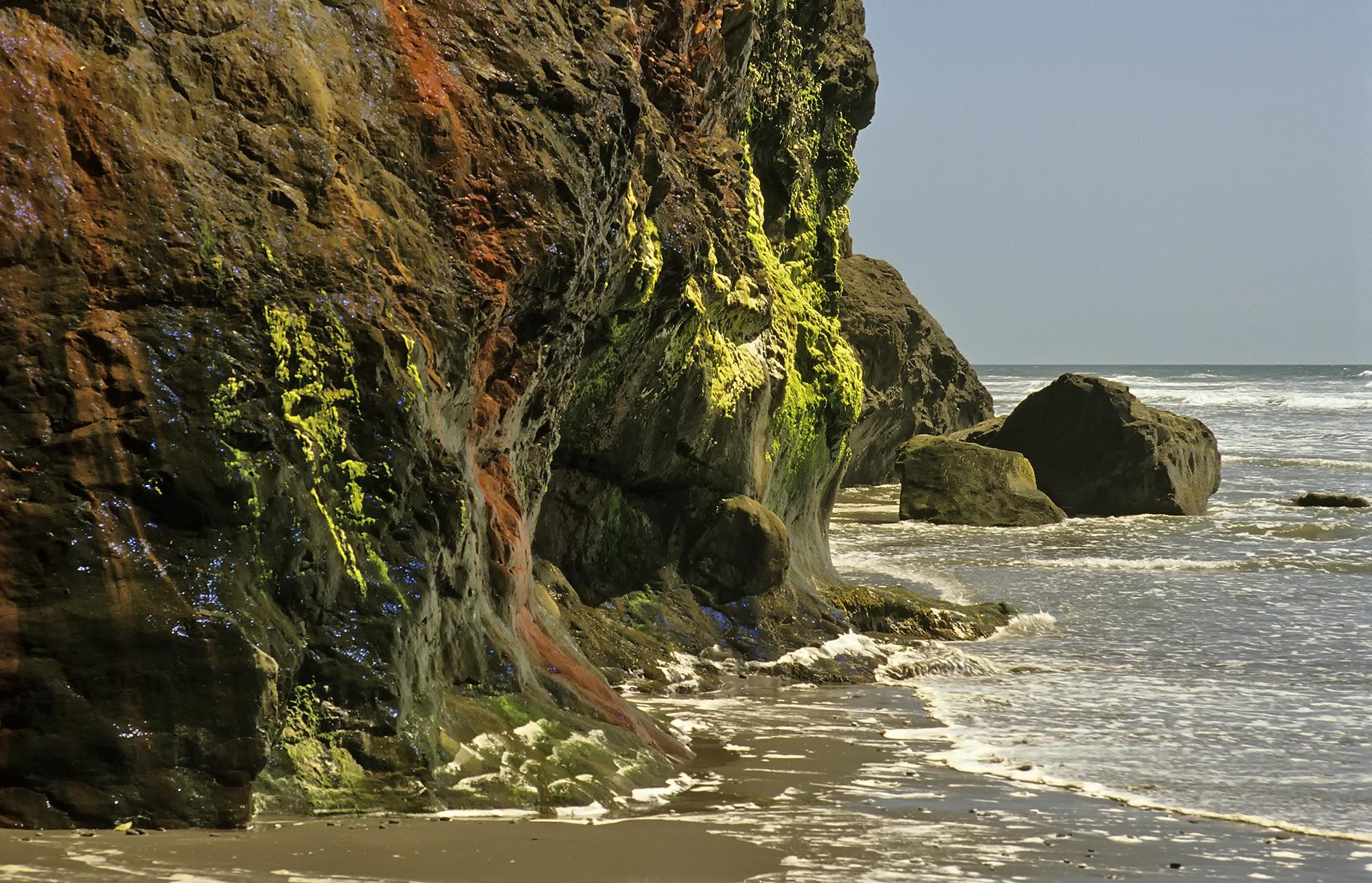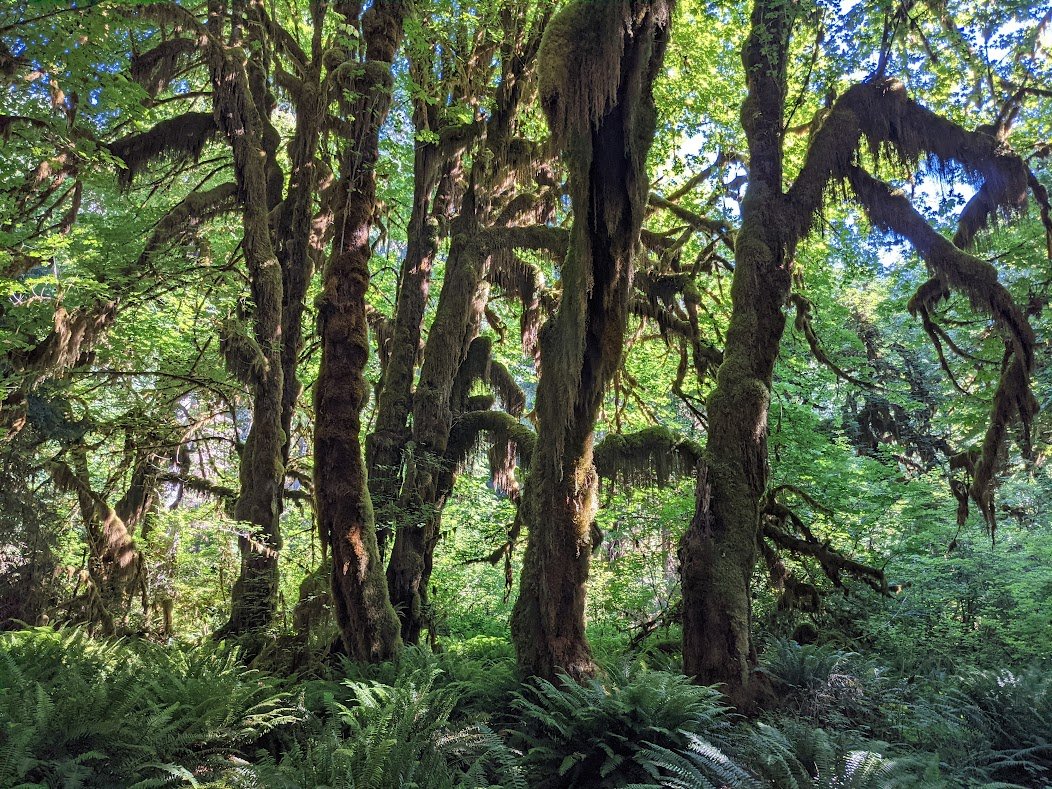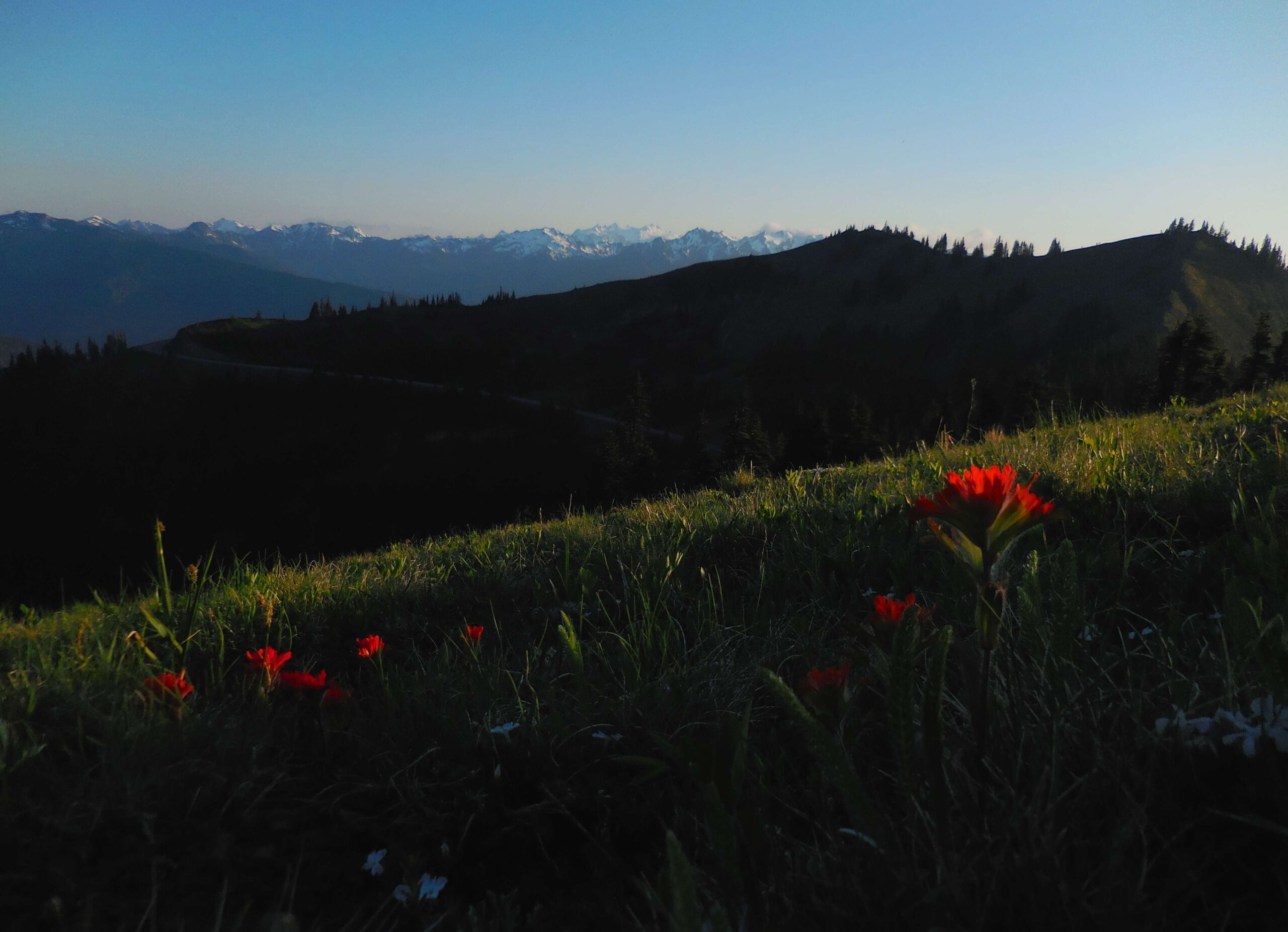Olympic National Park, located in Washington State, USA, is a UNESCO World Heritage Site renowned for its exceptional natural beauty and remarkable biodiversity. Spanning nearly a million acres, this park encompasses three distinct ecosystems: rugged glacier-capped mountains, wild Pacific coastline, and lush temperate rainforests. Designated as a World Heritage Site in 1981, Olympic National Park stands as a testament to the importance of preserving our planet’s most precious natural landscapes.
What Makes Olympic National Park a World Heritage Site?

Olympic National Park earned its World Heritage Site status due to its outstanding universal value. The park’s unique combination of diverse ecosystems, endemic species, and pristine wilderness areas contribute to its global significance. UNESCO recognized the park for its:
- Exceptional natural beauty
- Geological importance
- Ecological significance
- Biodiversity conservation
The park’s designation as a World Heritage Site underscores its importance in preserving Earth’s natural heritage for future generations.
How Diverse is the Biodiversity in Olympic National Park?

Olympic National Park boasts an impressive array of flora and fauna, making it a biodiversity hotspot. Here’s a breakdown of the park’s rich biodiversity:
- Plant Species: Over 1,100 species
- Mammal Species: 70 species
- Bird Species: Hundreds of species
- Fish Species: Numerous species, including unique stocks of Pacific salmonids
The park is also home to more than a dozen endemic plant and animal species found nowhere else on Earth, such as the Olympic marmot.
Threatened and Endangered Species
Olympic National Park serves as a crucial refuge for several threatened or endangered species, including:
- Northern spotted owl
- Marbled murrelet
- Bull trout
These species benefit from the park’s protected status and ongoing conservation efforts.
What Are the Must-Visit Hiking Trails in Olympic National Park?
Olympic National Park offers a variety of hiking trails that showcase its diverse ecosystems. Here are three notable trails:
- Hurricane Ridge Trail
- Length: 3.2 miles round trip
- Difficulty: Moderate
- Elevation Change: 700 feet
-
Highlights: Stunning mountain views, subalpine meadows, wildflowers
-
Hoh River Trail
- Length: Up to 17.3 miles to Blue Glacier
- Difficulty: Moderate to challenging
- Elevation Change: Significant
-
Highlights: Old-growth temperate rainforest, access to Hoh Glacier
-
Kalaloch Beach Trail
- Length: Approximately 1 mile
- Difficulty: Easy
- Elevation Change: Minimal
- Highlights: Wild Pacific coast, tide pools, scenic beach walks
These trails offer visitors a chance to experience the park’s diverse landscapes and ecosystems firsthand.
How Does Olympic National Park Contribute to Conservation Efforts?
As a World Heritage Site, Olympic National Park plays a crucial role in global conservation efforts. The park implements several initiatives to protect its unique ecosystems and biodiversity:
- Species Monitoring: Regular inventories and monitoring programs for various plant and animal species.
- Habitat Protection: Preservation of over 3,500 miles of rivers and streams, 300 high mountain lakes, and 2 large lowland lakes.
- Wildland Fire Management: Controlled fire management to maintain ecosystem health.
- Cultural Resource Management: Protection of ancient village sites and historic structures significant to local tribes.
These conservation efforts help maintain the park’s ecological integrity and preserve its outstanding universal value as a World Heritage Site.
What Amenities and Facilities Are Available for Visitors?
Olympic National Park offers various amenities and facilities to enhance visitor experience:
| Amenity/Facility | Description |
|---|---|
| Visitor Centers | Main center in Port Angeles, smaller centers throughout the park |
| Guided Tours | Ranger-led programs, including hikes and nature walks |
| Parking | Designated areas near trailheads and popular sites |
| Accessibility Options | Wheelchair-accessible trails and facilities |
| Entrance Fees | Required for park entry, with additional costs for some programs |
Visitors can find up-to-date information on fees, schedules, and availability on the park’s official website.
How Can Visitors Contribute to the Preservation of Olympic National Park?
Visitors can play a vital role in preserving Olympic National Park’s World Heritage status by:
- Following Leave No Trace principles
- Staying on designated trails
- Properly disposing of waste
- Respecting wildlife and plant life
- Participating in volunteer programs
- Supporting conservation initiatives through donations
By acting responsibly and supporting conservation efforts, visitors can help ensure that Olympic National Park remains a pristine World Heritage Site for generations to come.

